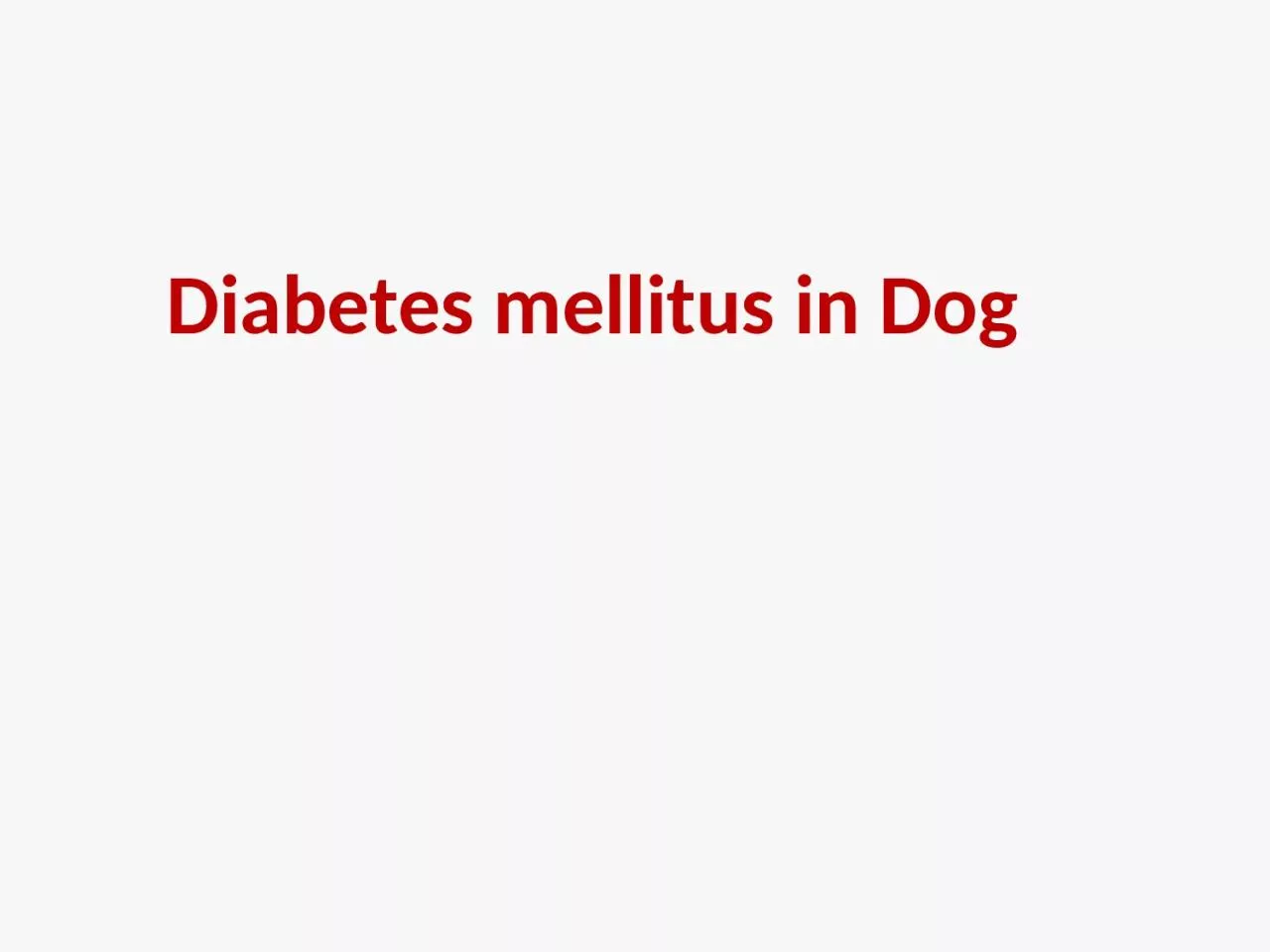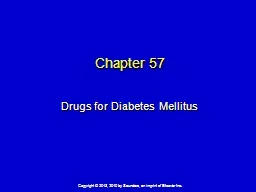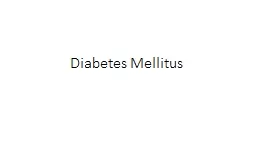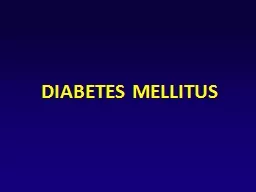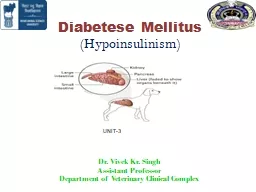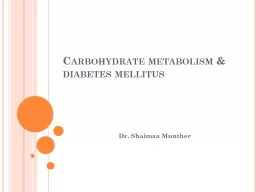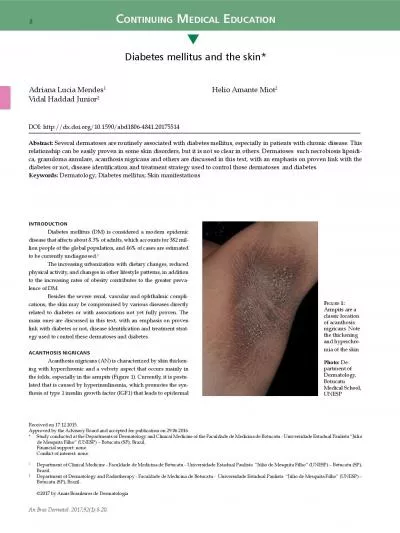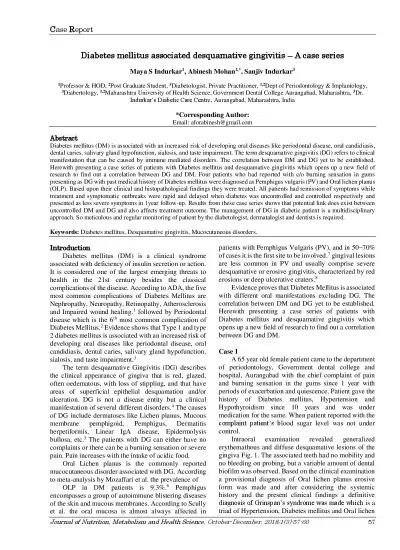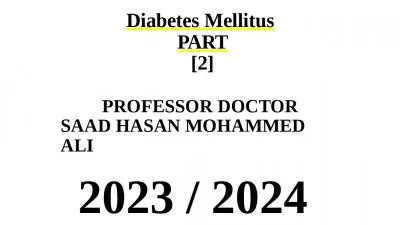PPT-Diabetes mellitus in Dog
Author : wilson | Published Date : 2023-05-31
Diabetes mellitus is a disease in which the beta cells of the pancreas either stop producing insulin or can no longer produce it in enough quantity for the bodys
Presentation Embed Code
Download Presentation
Download Presentation The PPT/PDF document "Diabetes mellitus in Dog" is the property of its rightful owner. Permission is granted to download and print the materials on this website for personal, non-commercial use only, and to display it on your personal computer provided you do not modify the materials and that you retain all copyright notices contained in the materials. By downloading content from our website, you accept the terms of this agreement.
Diabetes mellitus in Dog: Transcript
Download Rules Of Document
"Diabetes mellitus in Dog"The content belongs to its owner. You may download and print it for personal use, without modification, and keep all copyright notices. By downloading, you agree to these terms.
Related Documents

